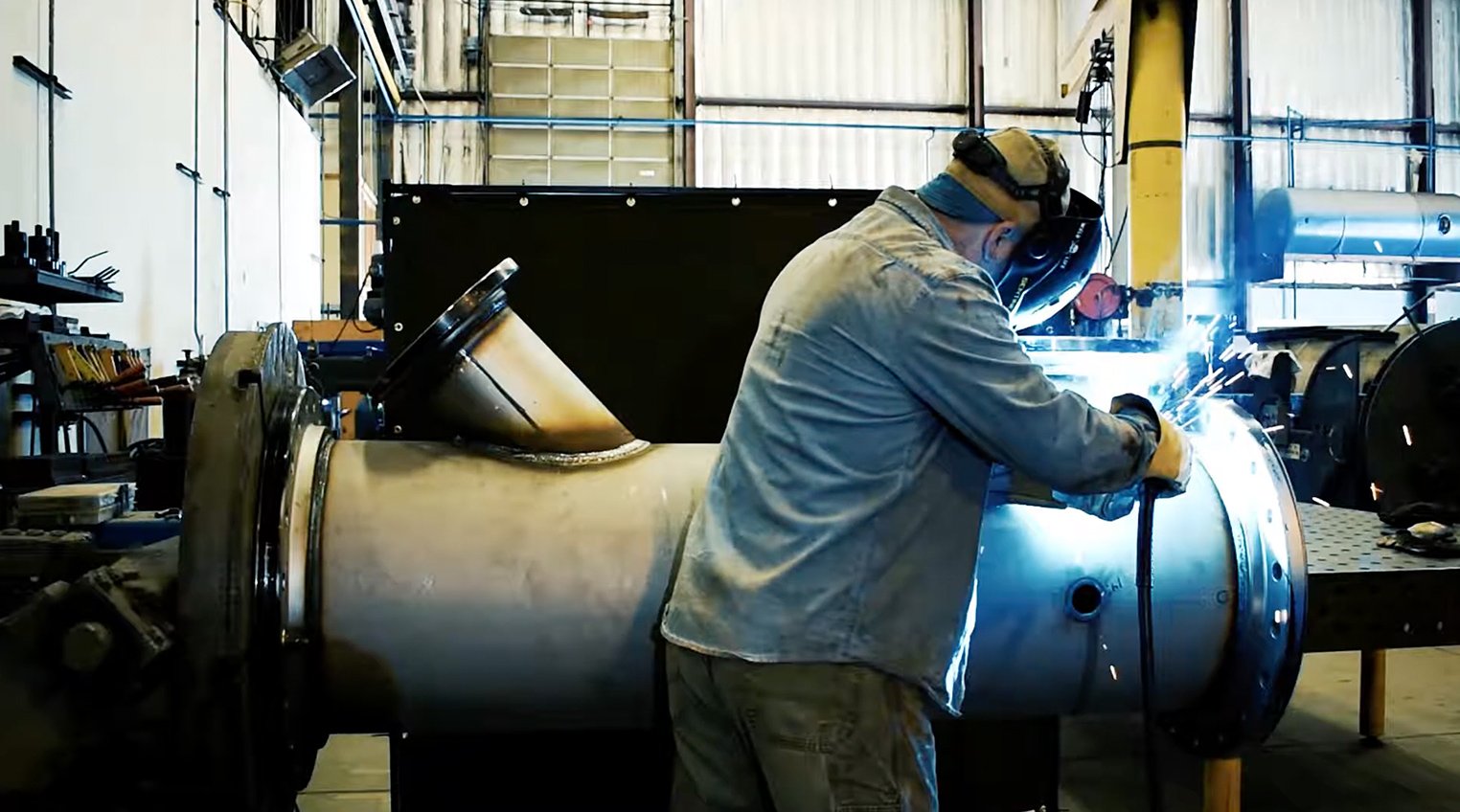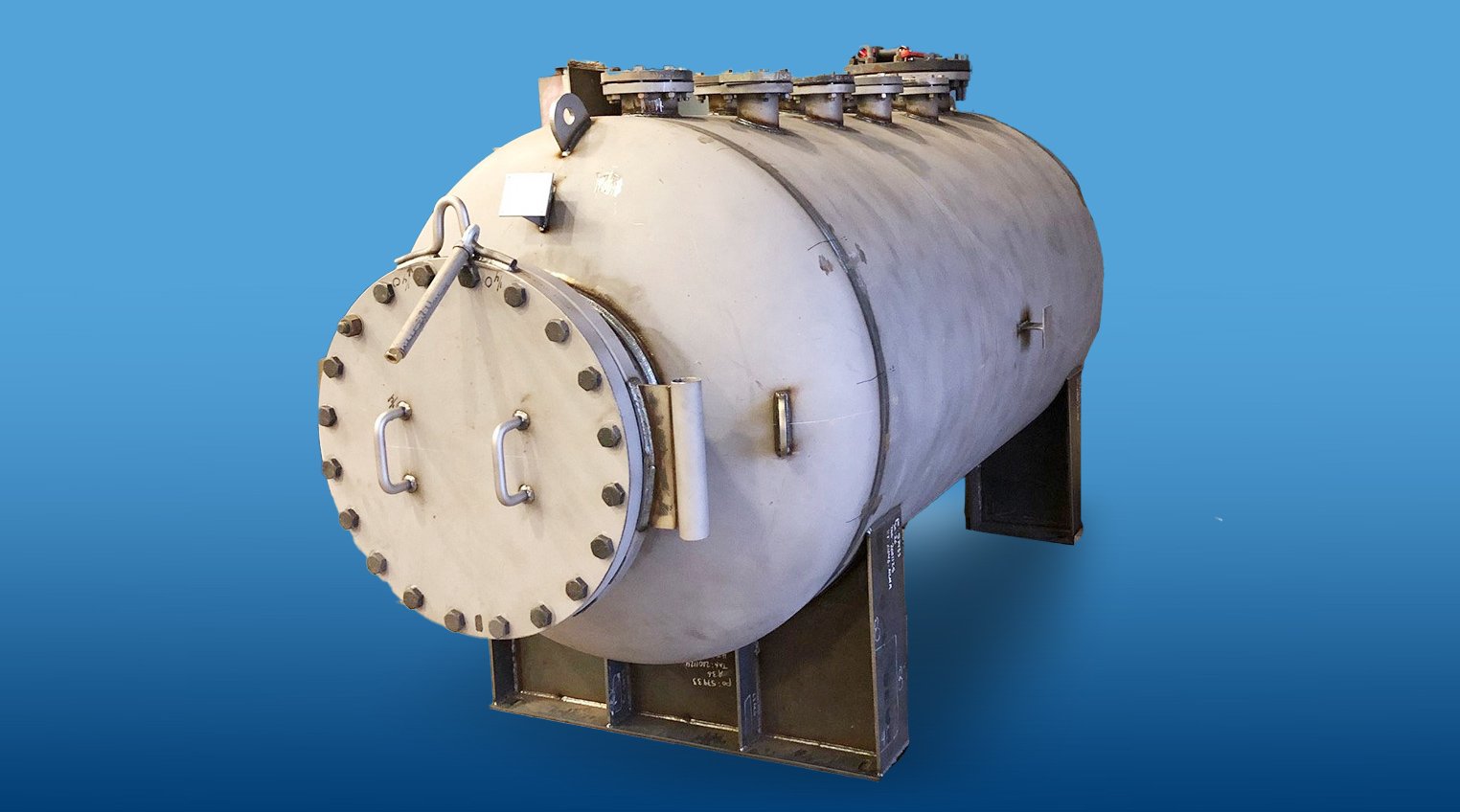Best Methods to Prevent Seam Weld Corrosion
Welded seams within vessels or components utilized in chemical processing, oil and gas recovery, or mining can be more susceptible to corrosion than the adjacent base metals that comprise the body of the pipe or vessel. This susceptibility can shorten the lifespan of capital equipment. However, unless properly welded, these seams can also impact the effectiveness of applied liners designed for corrosion protection. RMB Products ensures its lining process can provide optimal corrosion protection and chemical resistance throughout the entire interior surface of the equipment by careful inspection and mitigation of potential issues related to welded seams.
Three factors contribute to different types of corrosion in welds, including the material, the environment, and stresses or strains. The welding process itself causes metallurgical, physical, and chemical changes. These occur in both the heat affect zone and the weld metal itself, causing more rapid corrosion in the welded area. This propensity for a weak point in the equipment due to necessary joins helps highlight the value provided by rotolining, a process that creates no welds or seams.
How does rotolining protect against corrosion?
Rotolining involves a process of inserting a thermoplastic polymer, which is specially formulated to bond to metal, inside vessels or pipes of either a simple or complex geometry. These parts tumble inside a convection oven, which is heated to a degree sufficient to cause the resin to melt. Rotation within the oven helps the thermoplastic resin flow throughout the part’s interior to form a monolithic lining of a nominal thickness, which then protects the pipes and vessels against chemical degradation or corrosive elements.
Rotolining success and lifespan are determined by various factors, including:
- Customer-supplied part geometry
- Metal substrate
- Mass differentials
- Part size
- Abrasiveness
Conducting a thorough inspection of welded areas
While the rotolining process results in a seamless layer of protection, the pipes, tanks, or vessels have their own weld joints. Whether RMB manufactures fittings or vessels or received customer-supplied products, there are guidelines for inspection to ensure the rotolining process will supply comprehensive coverage. These steps include:
- Ensuring welds are free of undercutting, surface porosities, and weld spatters
- Examining the root weld inside surfaces for protruding sharp edges; these should be ground smoothly
- Specifying a minimum 0.188-inch radius for inside pipe edge
- Specifying a minimum 0.188-inch corner radius on the inside diameter of any flange
- Matching the overall part dimension to the engineering drawings to make sure it will fit in the envelope of the lining equipment
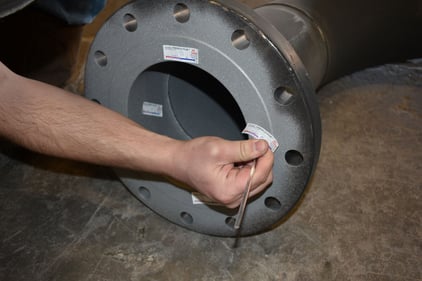 Smooth interior welds help eliminate sharp corners or surfaces that would interrupt or thin the nominal lining thickness for rotolining. If the part includes a flange, the inside edge of the flange needs careful consideration. Why? Because during the lining process, as the thermoplastic resin begins to flow around the inside surface, a sharp corner or protrusion will inhibit its smooth flow. Those areas can subsequently result in a lining thickness that doesn’t correspond to other areas within the vessel or pipe. Figure 1: Grit surface prep test
Smooth interior welds help eliminate sharp corners or surfaces that would interrupt or thin the nominal lining thickness for rotolining. If the part includes a flange, the inside edge of the flange needs careful consideration. Why? Because during the lining process, as the thermoplastic resin begins to flow around the inside surface, a sharp corner or protrusion will inhibit its smooth flow. Those areas can subsequently result in a lining thickness that doesn’t correspond to other areas within the vessel or pipe. Figure 1: Grit surface prep test
Weld factors that can influence liners
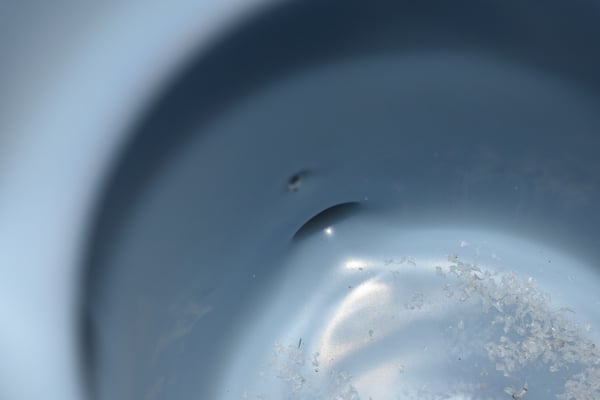
Figure 2: Porosity lining failure
The following weld factors are known to affect liners:
- Porosity. Porosity on the root weld has the potential to cause a bubble in the lining in that area. Welds are found in a few places on the interior of the pipe or vessel: the longitudinal side of the rolled steel shell, and anywhere there is a nozzle connection, a head or a flange. All welds should adhere to ASME standards.
- Weld splatter. Depending on its size or abundance, weld splatter can create sharp or high edges and protrusions from the surface of the base metal. These can cause localized thin spots in the rotolining elastomer. Weld splatter can be ground down for a smoother surface.
- External or internal corners. Both will influence the thickness of the lining. An internal corner can cause the lining to reach a thickness of up to 2 1/2 times that of the flat sections. An external edge can cause the lining to be thinner than the flat sections, so external edges are ground for a smooth radius to help avoid this. Typically, the standard minimal lining thickness should be 0.188 inches.
- Localized flange failure. Excess oxidation or localized metal failure in parts that have seen a long service life can often be addressed by cutting out the section and rewelding it. If the part was lined initially, RMB can burn out the existing lining to assess the condition of the underlying based material. When too much of the flange face has eroded, the part might not be reparable.
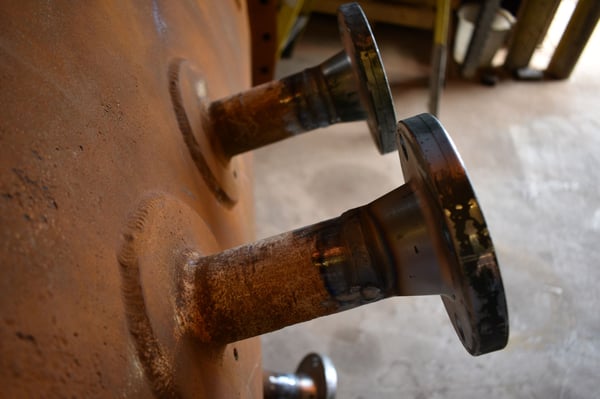
Figure 3: Repair of flange failure
Factors with the greatest impact on lining lifespan
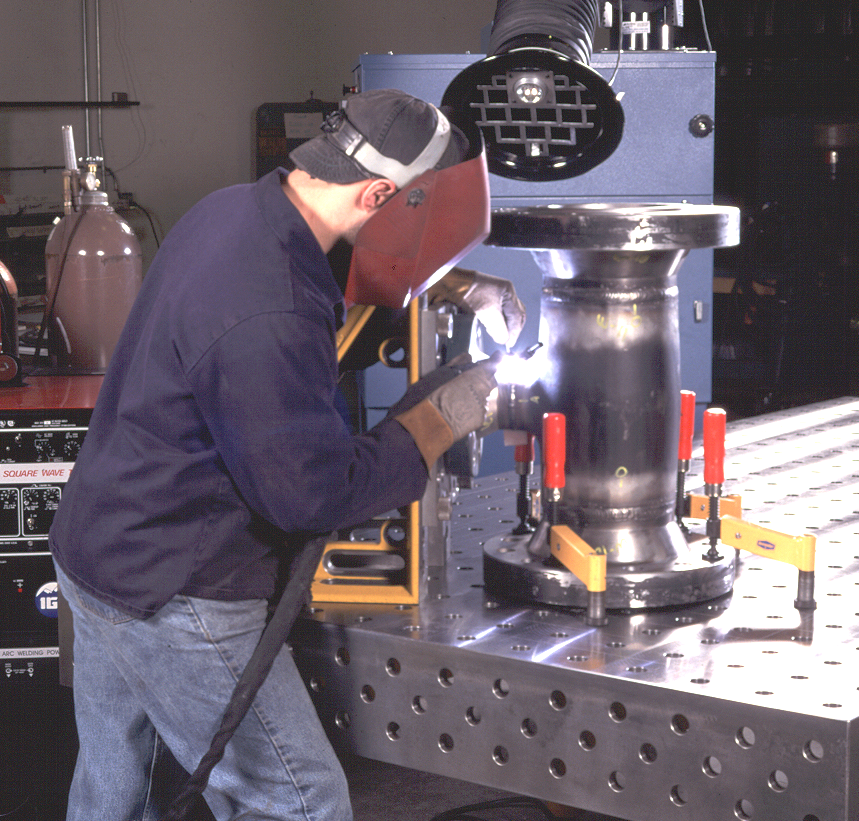 Minor variations in lining thickness do not greatly influence its lifespan or durability. What has the most influence on the lining deterioration is the material that courses through the vessel, particularly those that are coarse or abrasive. For example, certain processes within the semiconductor industry involve abrasive slurries containing sand that run at high velocities. This will eventually erode the lining no matter what method of application or elastomer is used. However, some application methods are more susceptible than others.
Minor variations in lining thickness do not greatly influence its lifespan or durability. What has the most influence on the lining deterioration is the material that courses through the vessel, particularly those that are coarse or abrasive. For example, certain processes within the semiconductor industry involve abrasive slurries containing sand that run at high velocities. This will eventually erode the lining no matter what method of application or elastomer is used. However, some application methods are more susceptible than others.
Figure 4: Pipe welding
Sheet lining requires a completely smooth surface for its adhesive to bond. Weld spots or sharp edges prevent the adhesive from bonding to the metal piping or vessel. In addition, the seams that sheet lining requires also present a weak area that is prone to failure, particularly in more highly abrasive applications. Rotolining offers the flexibility to cover localized hot spots, without seams or adhesives.
Consequences of weld failure
Weld failures that cause a leak or rupture in the pipe or vessel can pose a threat to worker safety, initiate fines for environmental contamination, ruin capital equipment, or completely shut down production.
There have been occasions when a single component’s failure has led to plant shutdown, costing millions of dollars per day and requiring emergency repairs to bring production back online. RMB has turned parts around in three days in these emergency situations; however, a more typical timeframe would be two weeks or more.
RMB has plenty of resins for rotolining and oven space available for the process itself. The company offers thermoplastics suitable for chemical processing, mining, petrochemical and semiconductor manufacturing. FDA-compliant food-grade resin is available for food processing lining applications.
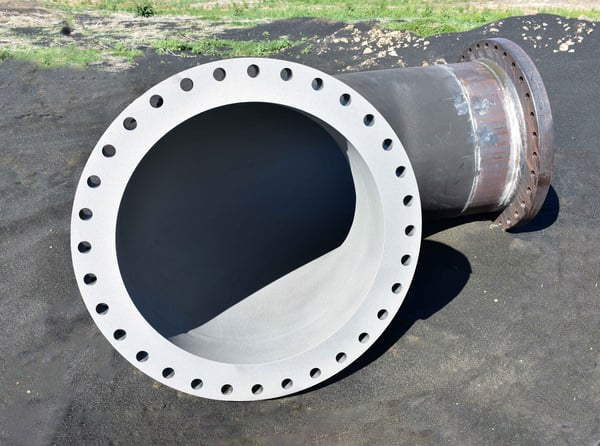
Figure 5: Complete weld after processing
Trust the rotolining process from RMB to create a strongly bonded, seamless, monolithic liner that covers welds and joints with the proper thickness that will protect vessels, pipes, and components from chemical attack or corrosion. Protect worker health and safety, the environment, and profit margins with rotolining. Contact us to learn more.

